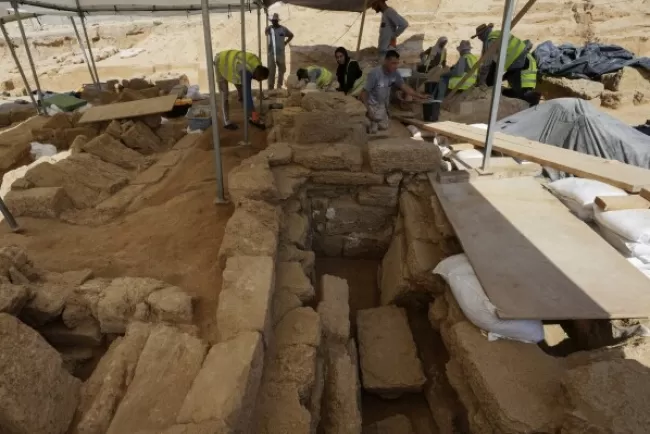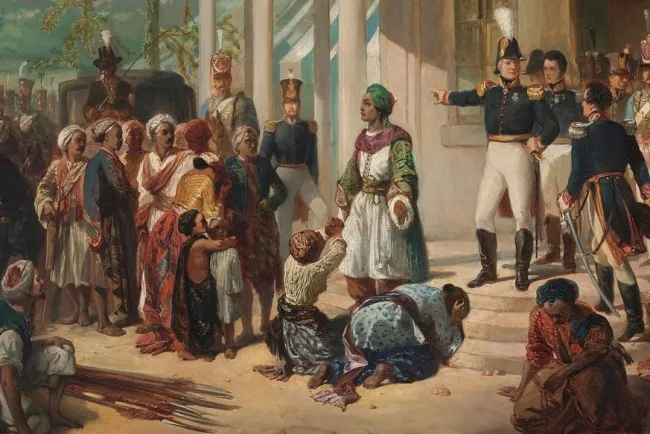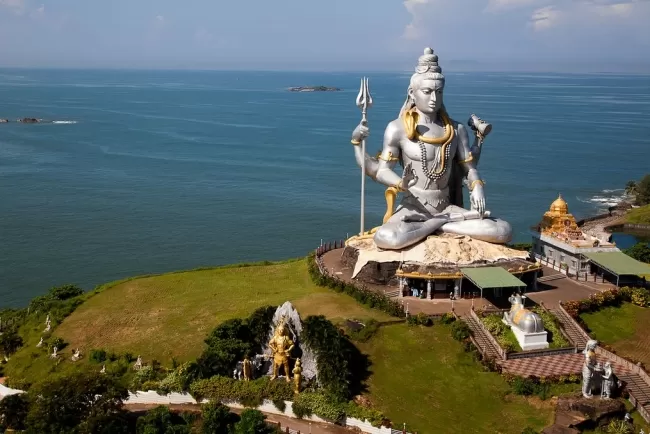Bhagat Singh: The Revolutionary Icon of India's Freedom Struggle...!!!
Bhagat Singh's life and actions have left an indelible mark on India's history, reminding us of the power of youth, the importance of standing up for justice, and the enduring spirit of revolution.
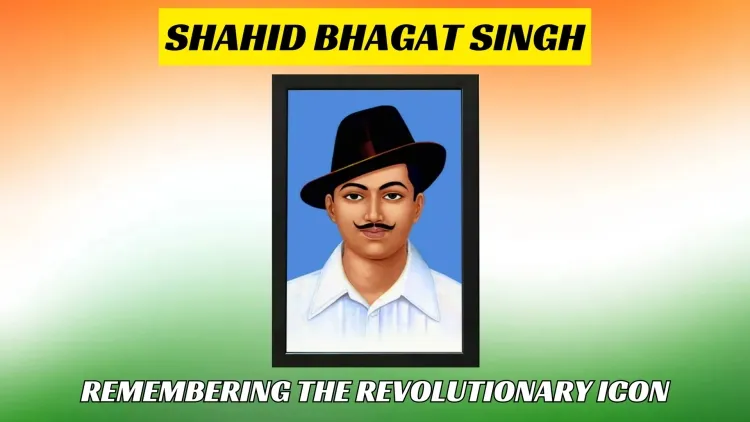
Bhagat Singh: The Revolutionary Icon of India's Freedom Struggle
Bhagat Singh, born on September 27, 1907, in Banga, Punjab, was a revolutionary freedom fighter whose unwavering commitment to India's independence made him a symbol of courage and sacrifice. His fearless patriotism and progressive ideology continue to inspire generations in the fight for justice and equality. Bhagat Singh's life was marked by a relentless struggle against British imperialism until his martyrdom on March 23, 1931.
Early Life and Influences
Bhagat Singh came from a Sikh family deeply involved in the independence movement. His father, Kishan Singh, and uncle, Ajit Singh, were active participants in the 1907 Canal Colonization agitation and later the Ghadar Movement. Growing up in this environment, Bhagat Singh was influenced by the freedom struggle from an early age. He attended the Dayanand Anglo-Vedic (DAV) School in Lahore and later joined the National College, founded by Lala Lajpat Rai.
Revolutionary Activities
Bhagat Singh's revolutionary activities primarily focused on challenging British colonial authority through radical means. In 1926, he founded the Naujawan Bharat Sabha (Youth Society of India) and became a member of the Hindustan Republican Association, later renamed the Hindustan Socialist Republican Association (HSRA). He popularized the slogan ‘Inquilab Zindabad’ (Long Live the Revolution), which eventually became the catchphrase of the Indian independence movement.
One of his most notable acts was the killing of British police officer John Saunders in Lahore on December 17, 1928. This act was intended to avenge the death of freedom fighter Lala Lajpat Rai, who had succumbed to injuries sustained during a lathi charge by police while participating in an anti-Simon Commission procession. Bhagat Singh, along with his associates Rajguru and Sukhdev, mistakenly targeted Saunders instead of the intended officer, James Scott.
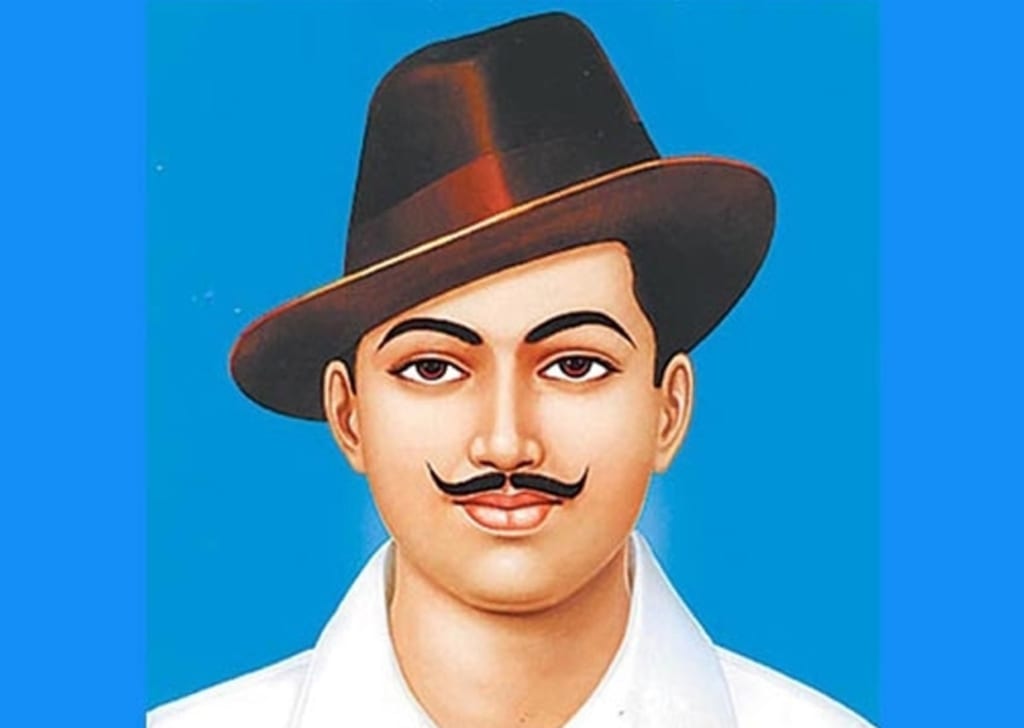
Central Legislative Assembly Bombing
On April 8, 1929, Bhagat Singh and Batukeshwar Dutt orchestrated a bombing in the Central Legislative Assembly in Delhi to protest the passage of the repressive Public Safety Bill and Trade Disputes Bill. The bombs were deliberately made harmless to avoid casualties, aimed at making a political statement rather than causing harm. Their arrest followed the act, and they used the trial as a platform to expose the injustices of British rule and propagate their revolutionary ideals.
Ideology and Vision
Bhagat Singh's political ideology encompassed socialism, nationalism, anarchism, and communism. Influenced by the writings of Marx, Lenin, and Trotsky, he transformed from a nationalist to a committed Marxist. His vision of India was secular and inclusive, welcoming members from all religious communities and breaking barriers of caste and creed.
Legacy and Impact
Bhagat Singh's execution at the young age of 23 turned him into a martyr, inspiring generations to fight against oppression and injustices. His writings, including his famous essay "Why I Am an Atheist," continue to be studied and admired for their depth and clarity. His legacy as one of India's most revered national heroes is cemented in the hearts of millions who see him as a symbol of indomitable courage and unflinching patriotism.
Bhagat Singh's life and actions have left an indelible mark on India's history, reminding us of the power of youth, the importance of standing up for justice, and the enduring spirit of revolution.
What's Your Reaction?







